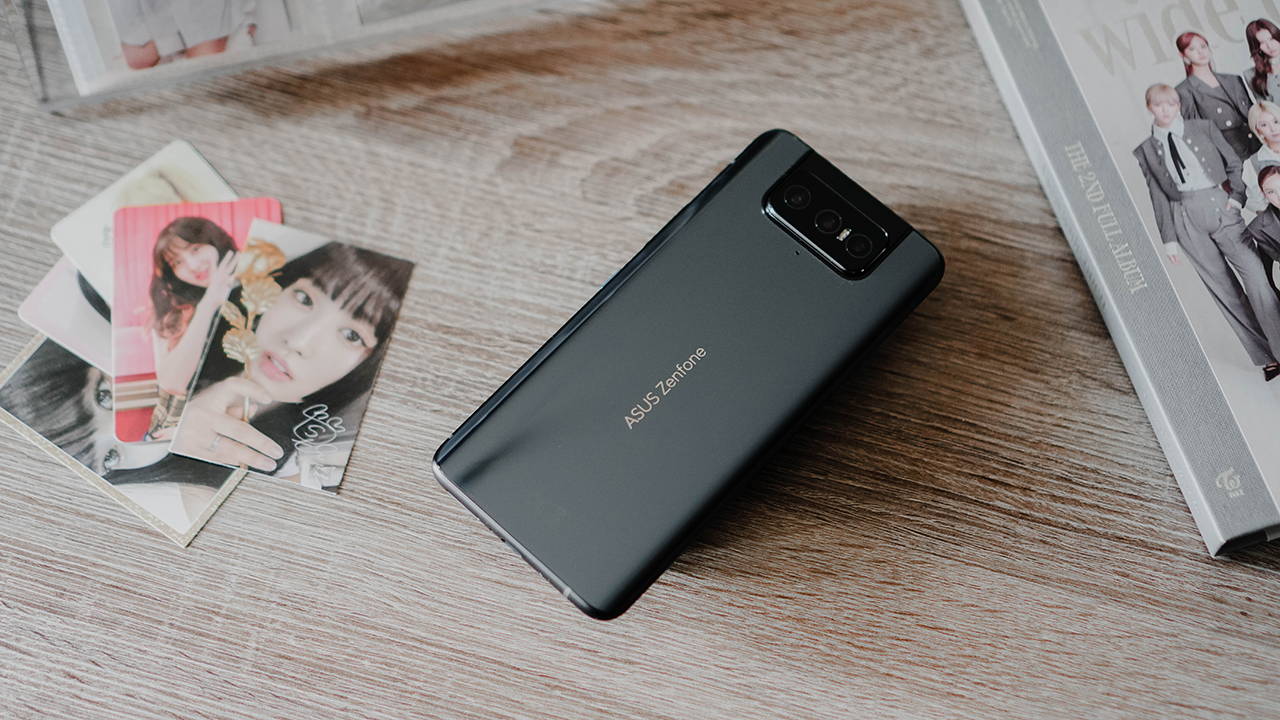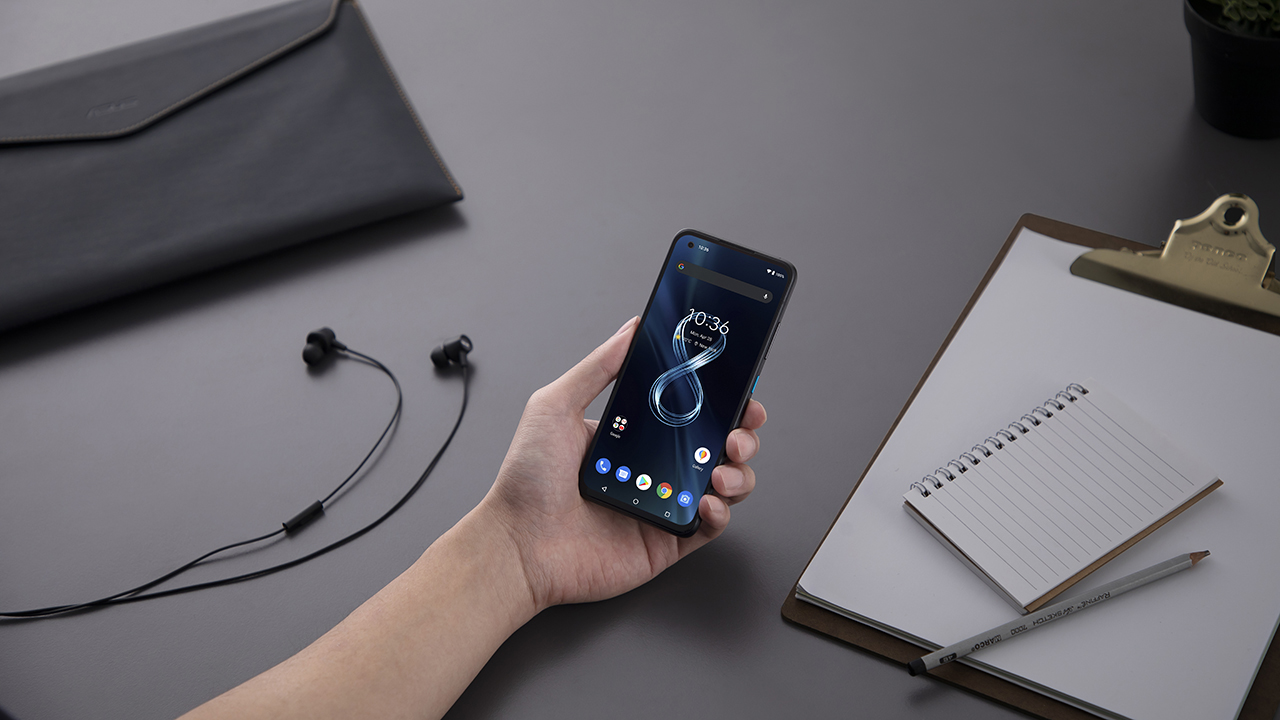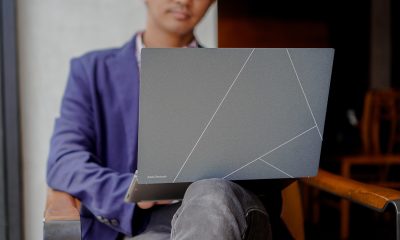News
ASUS Zenfone 8 Series now official
Featuring the Zenfone 8 and Zenfone 8 Flip

ASUS is diversifying the Zenfone line by giving people two distinct options in the Zenfone 8 series — the base Zenfone 8 and the Zenfone 8 Flip.
Both phones are powered by the Qualcomm Snapdragon 888 processor. Right off the bat, you’re promised flagship performance, 5G connectivity, some reliable gaming performance, and all that jazz.
However, the most impressive thing about these two devices may be in how targeted they are. ASUS is sticking to their thing by insisting on a Flip camera module, but they’re also offering something else for a segment that they feel is underserved with the base Zenfone 8.
Zenfone 8
The goal for the Zenfone 8 is clear — offer a compact flagship smartphone. While there are compact phones out there, it’s really only the iPhone 12 mini that can be considered flagship-level. But that phone suffered from a dismal battery life as many reviewers have pointed out.
To remedy this, ASUS put a 4,000mAh battery on the Zenfone 8. But how compact is it?
The Samsung AMOLED display on the phone measures at 5.9 inches. Only a few decimals larger than the 5.4-inch iPhone 12 mini. Also, a far cry from the at least 6.4 inches we see on most flagships today.
That display also supports HDR10+, has a 120Hz refresh rate, a 240Hz touch sampling rate, and is made of Corning Gorilla Glass 6. Neat. It has a tiny hole that houses the 12MP front-facing camera.
Speaking of cameras, no crazy flip-module here. Likely to maximize the space on the relatively tiny body. But ASUS didn’t skimp on the specs as the main camera uses the 64MP Sony IMX686 sensor here paired with an 8MP telephoto lens.
It is available in multiple configurations: 6GB + 128GB, 8GB +128GB, 8GB + 256GB, and 16GB + 256GB but there’s no way to expand the internal storage.
Zenfone 8 Flip
As the name suggests, this is the more party-friendly Zenfone. It features the Flip-up camera module first seen on the ZenFone 6. It has a similar set of cameras as the Zenfone 8, but are positioned alongside each other — that’s 64MP main, 12MP ultra-wide, and 8MP telephoto.
The Flip can sustain up to 300,000 flips which may not sound a lot but ASUS insists that it is. It also doesn’t just go all the way flipped up or down. You can control the angle at which the camera flips.
The display is also Samsung AMOLED but this one lands on the big screen category coming in at 6.67 inches. Instead of 120Hz though, this has a 90Hz refresh rate with a 200Hz touch sampling rate.
By virtue of having a larger body, it also has a larger battery capacity at 5,000mAh. This one comes in only one configuration — 8GB +256GB with support for up to 2TB of storage expansion via MicroSD.
Both Zenfones share the same video shooting capabilties. These are 8K and 4K video recording, Motion Tracking video, Time Lapse, Slow Mo, and more.
Here’s a quick look at the specs side by side.
|
Zenfone 8 |
Zenfone Flip 8 |
|
| Processor | Qualcomm Snapdragon 888 | Qualcomm Snapdragon 888 |
| Display | 5.9” Samsung AMOLED, 120Hz | 6.67” Samsung AMOLED, 90Hz |
| OS | Android 11, Zen UI 8 | Android 11, Zen UI 8 |
| Configuration | 6GB + 128GB
8GB +128GB 8GB + 256GB 16GB + 256GB *No storage expansion |
8GB +256GB
*Up to 2TB storage expansion via MicroSD |
| Battery | 4,000mAh | 5,000mAh |
| Cameras | 64MP Sony IMX686
12MP Ultra-wide 12MP front-facing |
64MP Sony IMX686
12MP Ultra-wide 8MP telephoto *Flip camera module |
Pricing and availability details to follow.

News
Xiaomi Redmi A3 Philippine pricing, availability
Budget smartphone with high refresh rate display

Xiaomi is bringing high refresh rate displays to its budget line with the announcement of the Redmi A3. The latest addition to the entry-level Redmi line boasts of an expansive 6.71-inch HD+ display with up to a 90Hz refresh rate.
The Redmi A3 is available in Midnight Black, Star Blue, and Forest Green. The smartphone is priced at PhP 3,399 (3GB+64GB) and PhP 3,999 (4GB+128GB) respectively for its two configurations.
Customers may preorder the phone until April 27 via Lazada, Shopee, and TikTok. General sale begins April 26th in all Xiaomi stores nationwide. Freebies are a Basic Piston Earphone for online purchases and a 3-month Viu Premium subscription for in-store purchases.
The Redmi A3’s immersive screen allows users to consume various content in high-definition with better smoothness, a boost for a phone of its price point. The screen has Corning Gorilla Glass 3 protection as well, and DC dimming to reduce blue light exposure.
The phone also sports a refined design that lets go of the iPhone-looking camera arrangement. Instead, the main camera is now in the middle as part of a watch face-looking setup similar to other Android phone offerings.
Speaking of, an 8MP main shooter highlights the back of the Redmi A3. In front is a 5MP front camera. The phone is powered by a MediaTek Helio G36 processor and runs on an Android 14-based OS. Furthermore, it has a 5,000mAh battery with 10W of USB-C charging.
Other handy Redmi A3 features for users to utilize include a 3.5mm jack, Face Unlock, and Fingerprint Unlock.
For the longest time, Google kept Pixel and Android behind two different teams. While the Pixel team dealt with devices made by and for the brand, the Android team ships a product meant for brands outside of the company’s purview. However, the days of separation are at an end. Google is officially merging its Pixel and Android teams together.
In a shocking announcement, the company has confirmed that the teams handling hardware and software will fall under a single team headed by Rick Osterloh. Prior to the merge, Osterloh was the senior vice president of devices and service, which was Google’s hardware branch. He will now oversee both hardware and software.
Because of the new leadership change, Hiroshi Lockheimer, former head of Android, will now move on to other projects within Alphabet. Of note, the change is not harsh for Lockheimer. He and Osterloh had been contemplating on the merge for a while.
Now, why the change? As is the case with everything today, it’s all because of AI. Speaking to The Verge, Osterloh explains that the merge will help with “full-stack innovation.” With how technology is these days, it’s now impossible to develop AI without having a close eye on hardware, such as in Google’s AI developments for the Pixel camera. Merging the teams will help streamline development, especially when hardware is involved.
Despite the change, outside brands, like Qualcomm’s Cristiano Amon, remains confident of Android’s capabilities outside of Google. Just expect more AI coming out in the near future.
Since the Pixel 6 series, Google continues to wow the market as one of the most unique camera designs available in the market today. This year, the brand’s Pixel 9 series might reinvent itself again with a slightly updated redesign.
Between the Pixel 6 and Pixel 8 series, Google introduced a wraparound camera island extending from the left edge to the right edge. While most smartphones today still use the traditional top-left island layout, Google’s lineup consistently grabs admiration from onlookers.
Now, according to an early leak (from Rozetked, via 9to5Google), Google might cut the camera island’s size before it reaches either side of the Pixel 9. The remaining chunk looks like a horizontal pill-shaped camera island right in the middle of the rear panel. It looks like a common camera island comically enlarged and turned on its side. Alternatively, it also looks like a webcam attached to a phone.
Based on the new leak, the new camera island will have three unknown lenses, the usual LED flash, and an unconfirmed sensor. Besides the different camera, the leak also confirms the usual tray of hardware on the side. There’s nothing too revolutionary.
As always, the Pixel 9 series is scheduled to come out in the fall of this year.
SEE ALSO: Pixel 9 series will reportedly come in four models
-

 Features1 week ago
Features1 week agoFortify your home office or business setup with these devices
-

 Events2 weeks ago
Events2 weeks agoStellar Blade: PlayStation taps cosplayers to play Eve for game’s launch
-

 Gaming2 weeks ago
Gaming2 weeks agoThe Rogue Prince of Persia looks like an ultra-colorful roguelite
-

 Accessories2 weeks ago
Accessories2 weeks agoLogitech unveils G Pro X 60 gaming keyboard: Price, details
-

 Gaming2 weeks ago
Gaming2 weeks agoStar Wars Outlaws release date revealed
-

 Reviews1 week ago
Reviews1 week agorealme 12+ 5G review: One month later
-

 Gaming2 weeks ago
Gaming2 weeks agoLenovo confirms development of a Legion Go 2
-

 Deals2 weeks ago
Deals2 weeks agoTCL P635 TV: Big savings for TCL’s anniversary


























